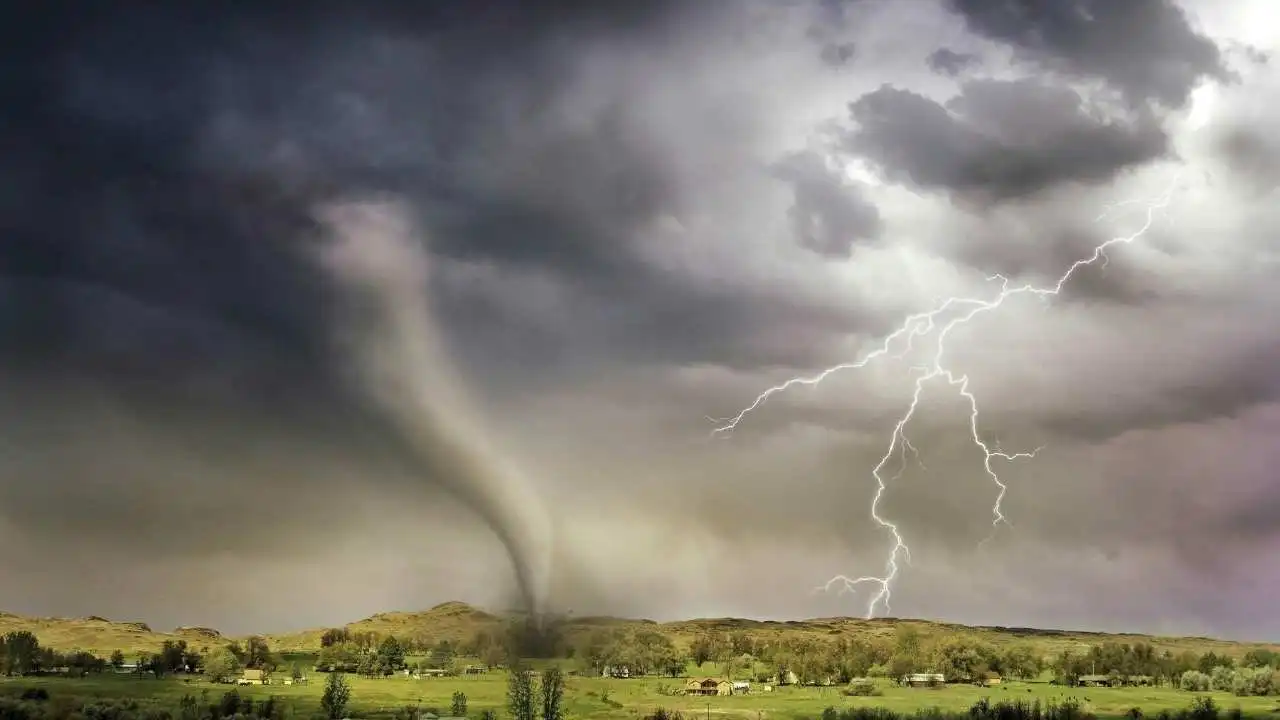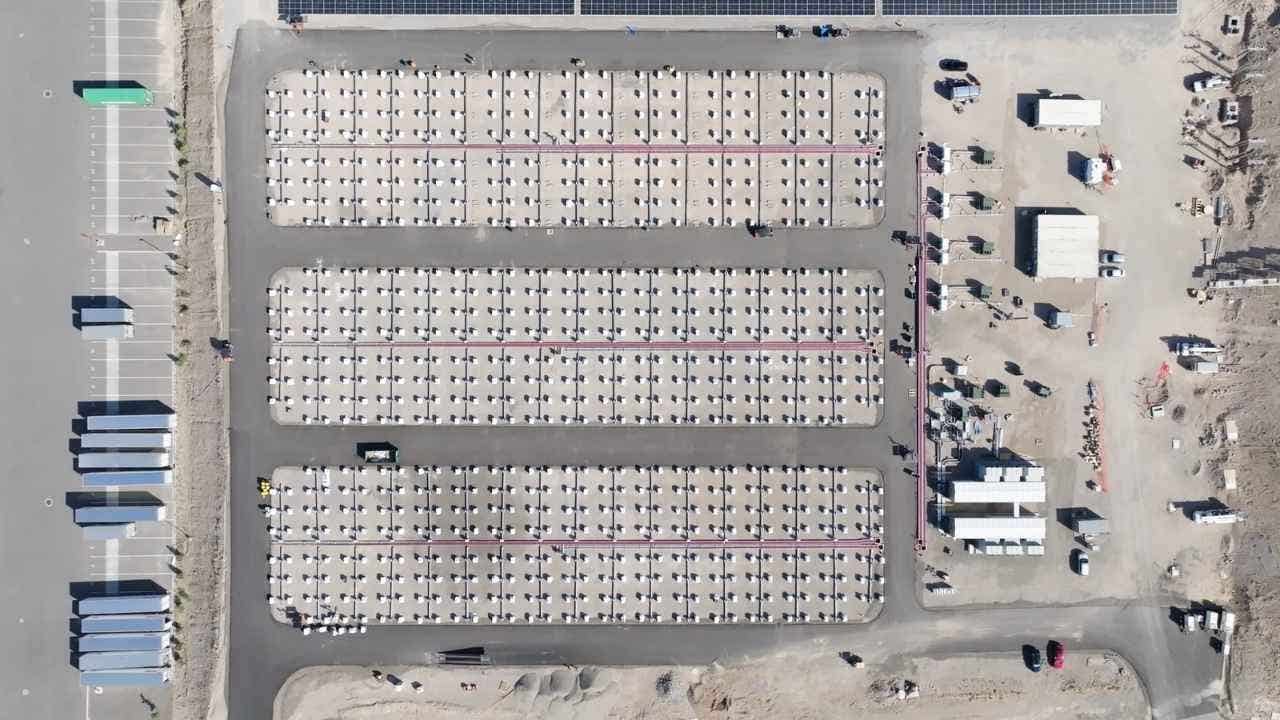Samples from far side of the moon show history of ancient volcanoes

The recent retrieval of surface samples from the dark side of the moon has provided new insights into the moon’s geological history. China’s Chang’e-6 robotic spacecraft made history in June by collecting these samples, revealing evidence of erupting volcanoes on the far side of the moon.
According to two new studies published in journals Nature and Science, the samples retrieved by Chang’e-6 contain fragments of volcanic rock dating back to 4.2 billion years ago and 2.8 billion years ago. This indicates a period of volcanic activity lasting at least 1.4 billion years on the far side of the moon, making it a more dynamic world in its early history.
Volcanism on the moon, as well as on Earth and other planetary bodies, involves the eruption of molten rock from the mantle onto the surface. The landing site in the South Pole-Aitken Basin, known for its thin crust, provided an ideal location to find evidence of volcanism.
The Chang’e-6 probe used a scoop and drill to collect about 1,935 grams of soil, including over 100 basalt fragments. These samples offer a unique opportunity to study far side volcanism, according to lunar scientist Qiu-Li Li of the Chinese Academy of Sciences.
Previous missions such as the U.S. Apollo, Soviet Luna, and Chinese Chang’e-5 had retrieved lunar basalt samples from the near side of the moon, showing evidence of volcanism dating back billions of years. However, the recent findings from Chang’e-6 confirm that the far side also had a volcanic past, with activity observed as recently as 2.8 billion years ago.
Researchers also discovered that the basalt samples from different time periods originated from distinct sources in the moon’s mantle. This suggests a complex history of volcanic activity on the moon, with variations in composition over billions of years.
Despite the evidence of past volcanism, there is no current volcanic activity on the moon. The cessation of volcanic eruptions is attributed to the diminishing internal heat sources over time. Initially, the moon’s volcanic activity was fueled by the decay of radioactive elements and residual heat from its formation. However, as these heat sources depleted and the moon’s mantle cooled, volcanic activity ceased.
The moon’s smaller size, with a diameter of approximately 3,475 kilometers, also played a role in the cessation of volcanic activity. As the internal heat sources dwindled and the mantle cooled, the moon’s volcanic past transitioned into a dormant phase, unlike other active volcanic bodies in the solar system such as Venus and Earth.




